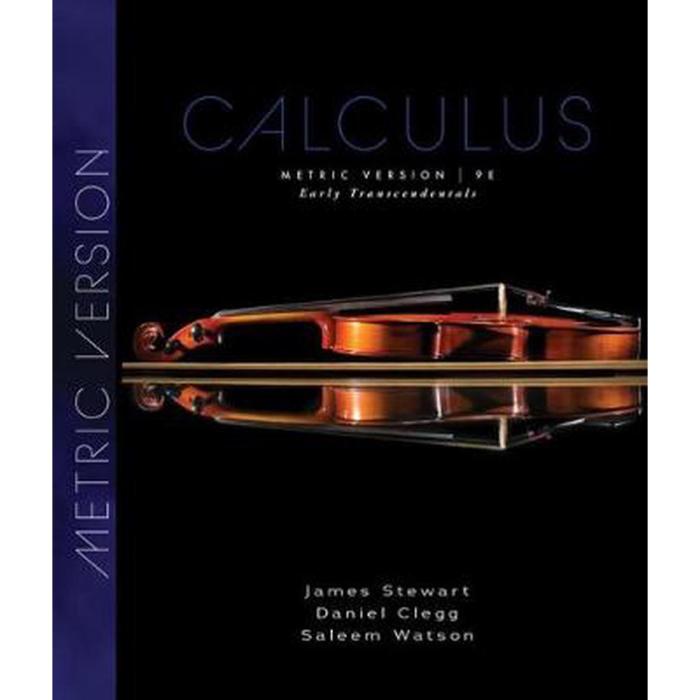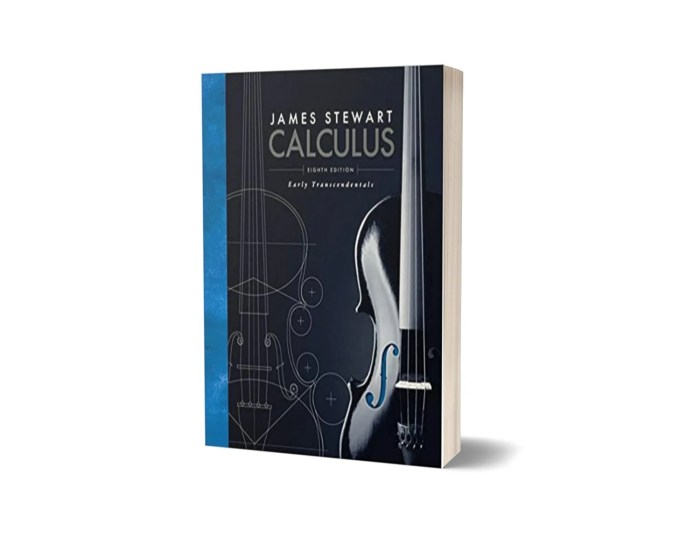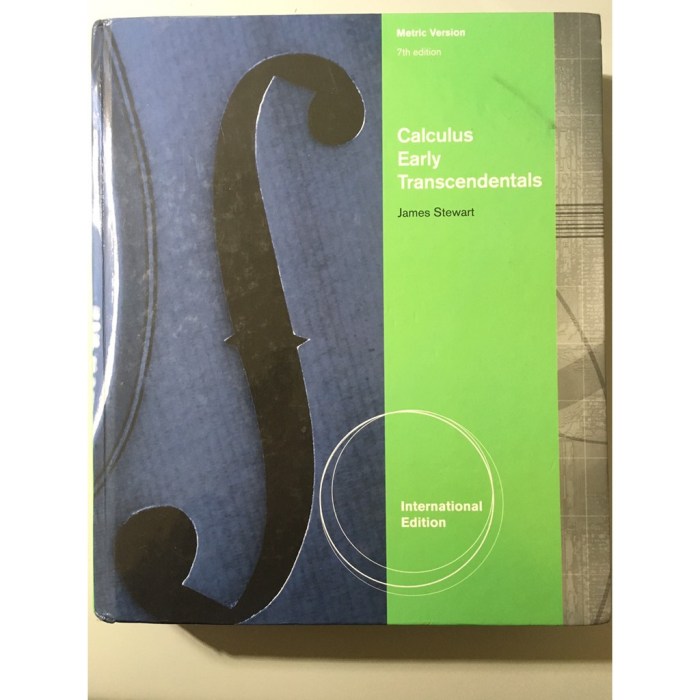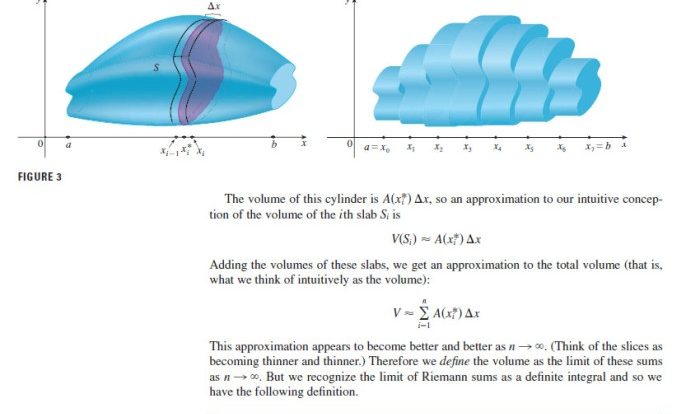Calculus early transcendentals 7th edition – Calculus Early Transcendentals, 7th Edition embarks on an enlightening journey into the realm of calculus, providing a comprehensive exploration of its fundamental concepts and practical applications. This meticulously crafted textbook empowers students with a deep understanding of limits, derivatives, integrals, and their far-reaching significance in various fields.
Delving into the intricacies of mathematical techniques and methods, this edition unveils differentiation rules, integration techniques, and problem-solving strategies that equip learners with the tools to conquer complex mathematical challenges. Through engaging examples and illustrations, the textbook illuminates the practical relevance of calculus, demonstrating its indispensable role in fields such as physics, engineering, and economics.
1. Overview of Calculus
Early Transcendentals, 7th Edition
Calculus: Early Transcendentals, 7th Edition by James Stewart is a comprehensive and widely adopted textbook designed for undergraduate students studying calculus. It provides a thorough introduction to the fundamental concepts of calculus, including limits, derivatives, integrals, and their applications.
The 7th edition has been updated with new content and features, including:
- New and revised examples and exercises to enhance student understanding.
- Improved technology integration, including the use of graphing calculators and computer algebra systems.
- Updated pedagogical features, such as worked examples and practice exercises, to promote student engagement.
2. Core Concepts and Applications
The textbook covers the core concepts of calculus, including:
- Limits and continuity
- Derivatives and their applications
- Integrals and their applications
- Sequences and series
The textbook provides numerous examples and illustrations to demonstrate the practical relevance of these concepts in fields such as science, engineering, and economics.
3. Mathematical Techniques and Methods
The textbook introduces a range of mathematical techniques and methods, including:
- Differentiation rules
- Integration techniques
- Problem-solving strategies
The textbook provides clear and concise explanations of these techniques, along with numerous practice exercises to help students develop their problem-solving skills.
4. Technology Integration
The textbook integrates technology throughout, including the use of:
- Graphing calculators
- Computer algebra systems
The textbook provides guidance on how to use these technologies effectively to enhance understanding and solve problems.
5. Pedagogical Features

The textbook includes a range of pedagogical features to promote student engagement and understanding, including:
- Worked examples
- Practice exercises
- Chapter summaries
These features help students to reinforce their understanding of the material and develop their problem-solving skills.
6. Organization and Structure

The textbook is organized into 12 chapters, each covering a specific topic in calculus. The chapters are further divided into sections and subsections, which provide a logical flow of the material.
The textbook also includes a comprehensive index and glossary to help students find specific information quickly and easily.
7. Visualizations and Illustrations

The textbook makes extensive use of visualizations and illustrations to enhance understanding and promote visual learning. These include:
- Graphs
- Diagrams
- Tables
These visuals help students to visualize the concepts of calculus and to make connections between different representations of the material.
8. Assessment and Evaluation: Calculus Early Transcendentals 7th Edition
The textbook provides a range of assessment and evaluation tools to help students track their progress and identify areas where they need additional support. These include:
- Practice tests
- Chapter quizzes
- End-of-chapter problems
These tools help students to assess their understanding of the material and to prepare for exams.
9. Comparison with Other Textbooks

Calculus: Early Transcendentals, 7th Edition compares favorably to other popular calculus textbooks in terms of its:
- Clear and concise explanations
- Comprehensive coverage of the material
- Abundant practice exercises
- Strong pedagogical features
The textbook is also highly regarded for its integration of technology and its use of visualizations and illustrations to enhance understanding.
Questions Often Asked
What is the target audience for Calculus Early Transcendentals, 7th Edition?
Calculus Early Transcendentals, 7th Edition is designed for students pursuing a rigorous study of calculus, typically at the undergraduate level. It is suitable for students majoring in mathematics, science, engineering, and other fields that require a strong foundation in calculus.
How does the 7th edition differ from previous editions?
The 7th edition of Calculus Early Transcendentals incorporates significant updates and enhancements, including a streamlined presentation, updated examples and exercises, and expanded coverage of key topics. It also features improved pedagogical tools and resources, such as revised chapter summaries and additional practice problems.
What are the key features of Calculus Early Transcendentals, 7th Edition?
Calculus Early Transcendentals, 7th Edition offers a comprehensive range of features to support student learning, including worked examples, practice exercises, chapter summaries, and assessment tools. It also integrates technology, such as graphing calculators and computer algebra systems, to enhance understanding and problem-solving.
